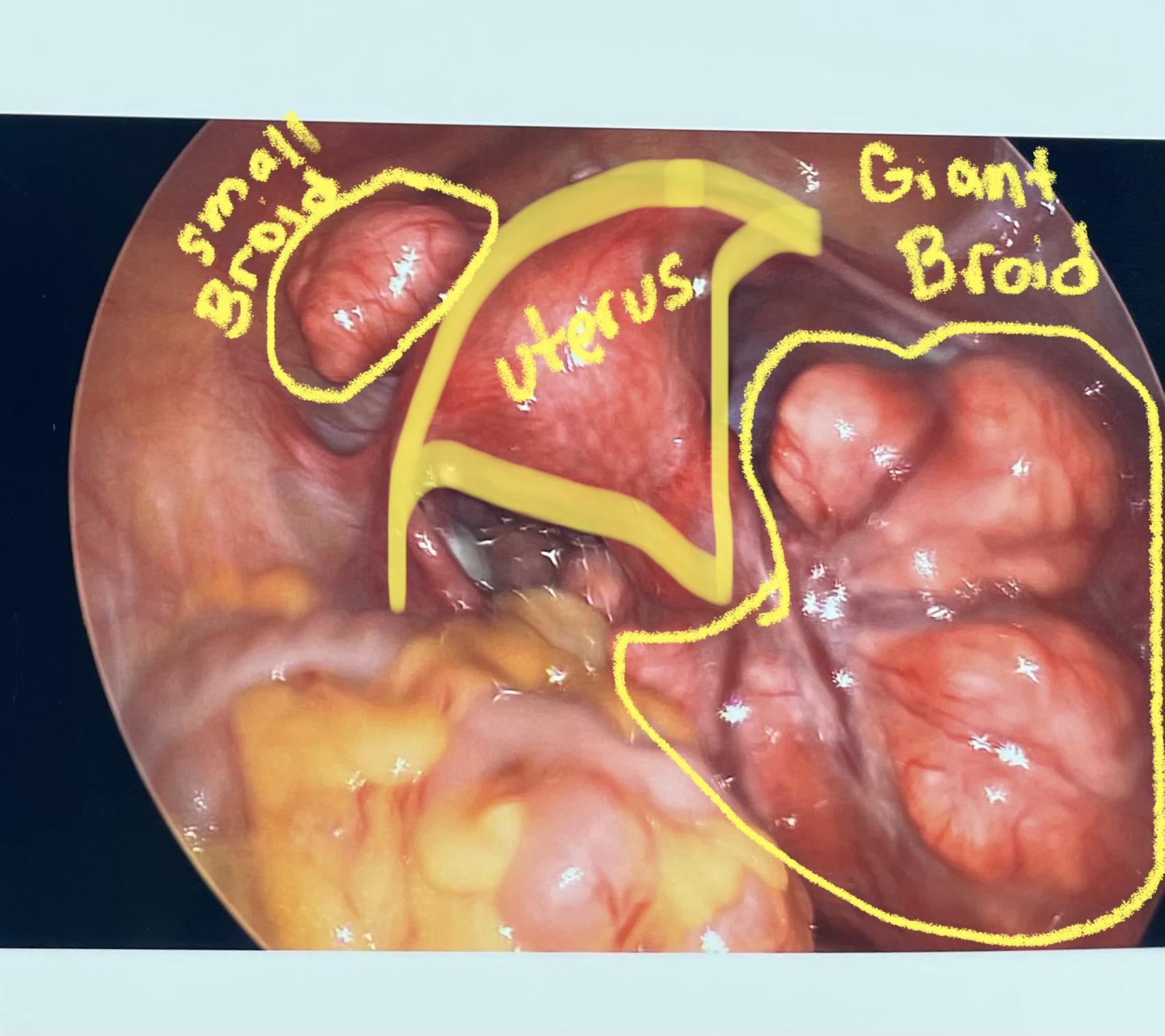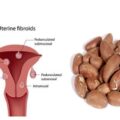
The size of a fibroid plays a crucial role in determining its potential impact on a woman’s health, but it’s essential to recognize that size is just one factor among several that influence the danger posed by fibroids.
The Spectrum of Fibroid Sizes
Fibroids can vary significantly in size, ranging from as small as a pea to as large as a watermelon. Their classification is typically based on their size in relation to common objects like fruits. For instance:
- Small Fibroids: These are generally considered to be less than 5 cm (about 2 inches) in diameter. Small fibroids often go unnoticed and rarely cause symptoms. They are less likely to impact a woman’s health.
- Medium-Sized Fibroids: Ranging from 5 cm to 10 cm (2 to 4 inches) in diameter, medium-sized fibroids might cause noticeable symptoms such as heavy menstrual bleeding, pelvic pain, and pressure on the bladder or rectum. Depending on their location and individual circumstances, they might require medical attention.
- Large Fibroids: Fibroids that exceed 10 cm (4 inches) in diameter are generally considered large. They have the potential to cause significant discomfort and complications. Large fibroids may distort the shape of the uterus and put pressure on neighboring organs, leading to more severe symptoms.
When Size Matters
While the size of a fibroid is a relevant factor, it’s important to understand that danger isn’t solely determined by size. Other variables play a role in assessing the potential harm posed by a fibroid, including its location, number, growth rate, and a woman’s overall health. A larger fibroid situated in a less critical area might be less problematic than a smaller fibroid located near vital organs.
Historically, there are a couple of documented instances that stand out in the annals of medical history. In one postmortem case from 1888, a fibroid of immense proportions weighing a staggering 140 lbs. (63.3 kg) was removed from a deceased patient. Among those who survived the removal procedure, the largest fibroid recorded weighed in at a substantial 100 lbs. (45.5 kg). These instances underline the remarkable diversity in fibroid sizes and the potential challenges they can pose.
Fibroids are known to have a relatively slow growth rate, with an average increase of about 9 percent over a six-month period during a woman’s reproductive years. This growth tends to decelerate after menopause, and in the case discussed, the patient was already postmenopausal. While the exact duration the fibroid had been present in the woman’s body remained uncertain, it’s likely that it had been developing for at least five years, given the time it takes for a growth of this magnitude to form.
What’s particularly intriguing is that despite its colossal size, the woman in question did not exhibit the expected symptoms often associated with large fibroids. Typically, such growths can exert pressure on surrounding organs, leading to abdominal discomfort and issues like constipation. In this instance, the gradual growth of the fibroid might have allowed the body to adapt to the changes, sparing the patient from more severe symptoms. The absence of debilitating symptoms could also have contributed to the woman’s decision to postpone seeking medical attention, possibly due to a fear of surgical procedures.
Following the successful surgery to remove the giant fibroid, the patient’s well-being was reported to be positive during the follow-up visit, two months after the procedure. Her recovery was progressed well, and her abdomen was healed as expected.
Potential Dangers and Complications
- Impact on Fertility: Depending on their size and location, fibroids can interfere with conception and pregnancy. Submucosal fibroids, which grow within the uterine cavity, can affect fertility by disrupting the implantation of a fertilized egg or increasing the risk of miscarriage.
- Heavy Bleeding: Larger fibroids, especially those that distort the uterine lining, can lead to heavy and prolonged menstrual bleeding. This can result in anemia and fatigue.
- Pelvic Pain: Fibroids can cause pelvic discomfort or pain, particularly when they press against nearby organs or nerves.
- Urinary and Digestive Issues: Fibroids that press against the bladder or rectum can cause urinary frequency, urgency, and constipation.
- Rapid Growth and Complications: Rapidly growing fibroids might indicate an underlying issue and can lead to severe pain or torsion, a condition where the fibroid twists on itself, causing intense pain and potentially requiring emergency treatment.
Seeking Medical Guidance
It’s essential for women experiencing symptoms related to fibroids to consult a healthcare professional. While fibroid size is a factor to consider, a comprehensive assessment is necessary to determine the best course of action. Diagnostic tools like ultrasounds, MRIs, and physical exams can help doctors understand the size, location, and potential risks associated with fibroids.
In many cases, small to medium-sized fibroids might not require immediate intervention. However, if fibroids are causing persistent and disruptive symptoms, or if they are large and impacting overall health, various treatment options are available. These include medications, non-invasive procedures like uterine artery embolization, and surgical interventions such as myomectomy or hysterectomy.
Conclusion
While the size of a fibroid is a crucial factor in assessing its potential danger, it’s just one piece of the puzzle. The location, number, and impact on a woman’s health are equally significant considerations. If you’re experiencing symptoms that could be related to fibroids, seeking medical attention is vital. A healthcare provider can offer guidance on the most appropriate management strategy based on the unique characteristics of your fibroids and your overall health goals.





